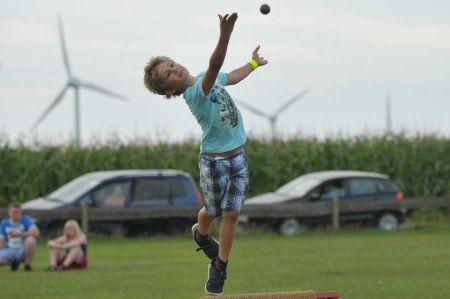Klootshooting - North German leisure sport older than Boßeln!
- Written by Portal Editor
Once again traveling along the East Frisian coast in Northern Germany, we had the pleasure of attending a special event, the Kloot Shooting Competition.
For this purpose, two teams had formed who now wanted to compete in this historic sport. The aim of each player is to throw a small but heavy ball as far as possible with the help of a short run-up and jump off a ramp. The throwing technique is actually the unusual thing, because it differs significantly from the throwing technique in handball or volleyball.
The throwing technique is the problem
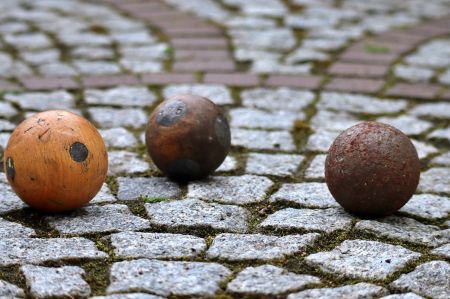 A short excursion into history makes the historical origin of this sport clear, because Klootshooting probably originated from a prehistoric attack and / or defence weapon that the Frisians hurled at their opponents. In the distant past, the Frisian fighters are said to have been feared for their projectiles. The term Kloot derives from the Low German word Kluten, which is colloquially used for clods of earth. However, sometimes much smaller objects such as sugar or biscuits are also referred to as clods. Later, these clods of cohesive soil (clay, often interspersed with pebbles) were replaced with iron balls weighing up to two pounds. With the increased use of klootshooting as a sport, fist-sized balls made of apple wood were used more and more.
A short excursion into history makes the historical origin of this sport clear, because Klootshooting probably originated from a prehistoric attack and / or defence weapon that the Frisians hurled at their opponents. In the distant past, the Frisian fighters are said to have been feared for their projectiles. The term Kloot derives from the Low German word Kluten, which is colloquially used for clods of earth. However, sometimes much smaller objects such as sugar or biscuits are also referred to as clods. Later, these clods of cohesive soil (clay, often interspersed with pebbles) were replaced with iron balls weighing up to two pounds. With the increased use of klootshooting as a sport, fist-sized balls made of apple wood were used more and more.
Throw Kloten up to 100 meters away
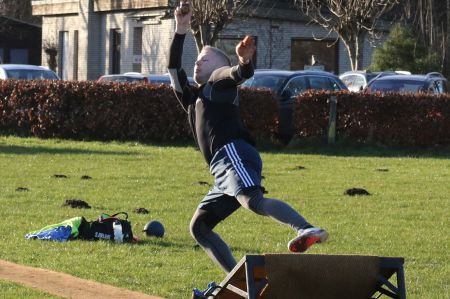 In order to give the wooden ball more weight, the balls were pierced crosswise and the resulting cavity was filled with lead.
In order to give the wooden ball more weight, the balls were pierced crosswise and the resulting cavity was filled with lead.
When you see today's recreational athletes being able to hurl their loot up to 100 meters, it's no wonder that these missiles were feared by opponents in the past. After all, the current record distance of the Klootschießers Stefan Albarus from the north is 106.20 meters.
In addition, two fundamentally different versions of this sport are practiced, because a distinction is made between field combat and standing combat.
The point at which the Kloot-ball rests after unrolling
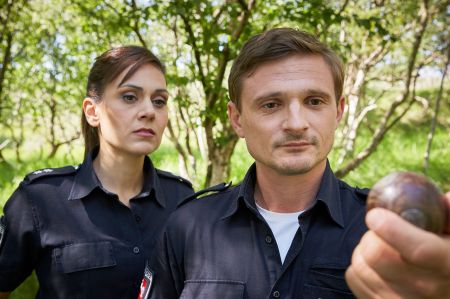 More traditional and common is the so-called field fight, which takes place in freezing weather. In the field fight, two teams play against each other, where the Kloot has to be thrown through fields and meadows over a certain distance of about 7 kilometres. In contrast to the standing fight, the trull, the run out of the ball, is counted in the field fight.
More traditional and common is the so-called field fight, which takes place in freezing weather. In the field fight, two teams play against each other, where the Kloot has to be thrown through fields and meadows over a certain distance of about 7 kilometres. In contrast to the standing fight, the trull, the run out of the ball, is counted in the field fight.
Each team consists of several throwers and throws one after the other and against each other. The point at which the Klootkugel rests after rolling out marks the next drop point.
Call of the Klootschiesser "Lüch up un fleu herut"
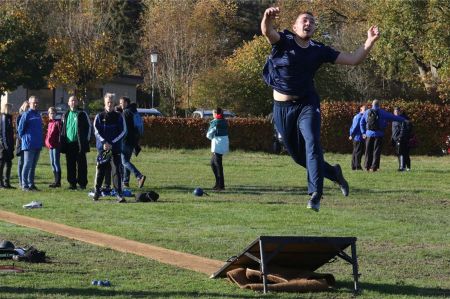 In standing combat, all participants play against each other; The winner is the thrower who throws the furthest. The trull is not counted here, so only the distance actually thrown is counted. Stand-up fighting is often used by clubs for championships, since the Klootschießerbahn can be set up on a normal sports field or pasture.
In standing combat, all participants play against each other; The winner is the thrower who throws the furthest. The trull is not counted here, so only the distance actually thrown is counted. Stand-up fighting is often used by clubs for championships, since the Klootschießerbahn can be set up on a normal sports field or pasture.
Klootshooting has been around for many centuries, when exactly it was "invented" is unknown. As already mentioned, it is the special type of throw that is described as difficult and requires a lot of speed, strength and concentration. The technique consists of spinning the arms so that the Kloot, coming out from below, is thrown as far as possible. It is not for nothing that the encouraging call of the Klootschießer is called "Lüch up un fleu herut" (Pick up and fly far!).
Deaths from pneumonia
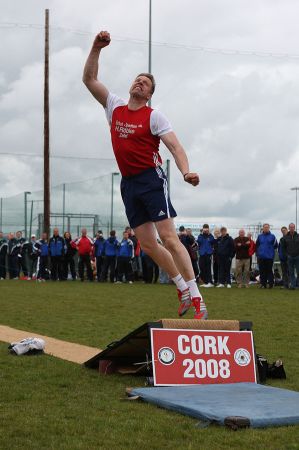 In history, there have always been violent side effects of this sport, so that over the centuries the authorities have repeatedly tried to ban this sport. As it turns out today, without success. Winter was always responsible for one of the side effects, because there used to be no sporty clothing, so underwear was usually worn. The consequence was clear: deaths from pneumonia. In the cold, strong alcohol was often consumed, which then led to invalid throws and subsequently to quarrels that often ended bloody in the past.
In history, there have always been violent side effects of this sport, so that over the centuries the authorities have repeatedly tried to ban this sport. As it turns out today, without success. Winter was always responsible for one of the side effects, because there used to be no sporty clothing, so underwear was usually worn. The consequence was clear: deaths from pneumonia. In the cold, strong alcohol was often consumed, which then led to invalid throws and subsequently to quarrels that often ended bloody in the past.
Please read as well:
